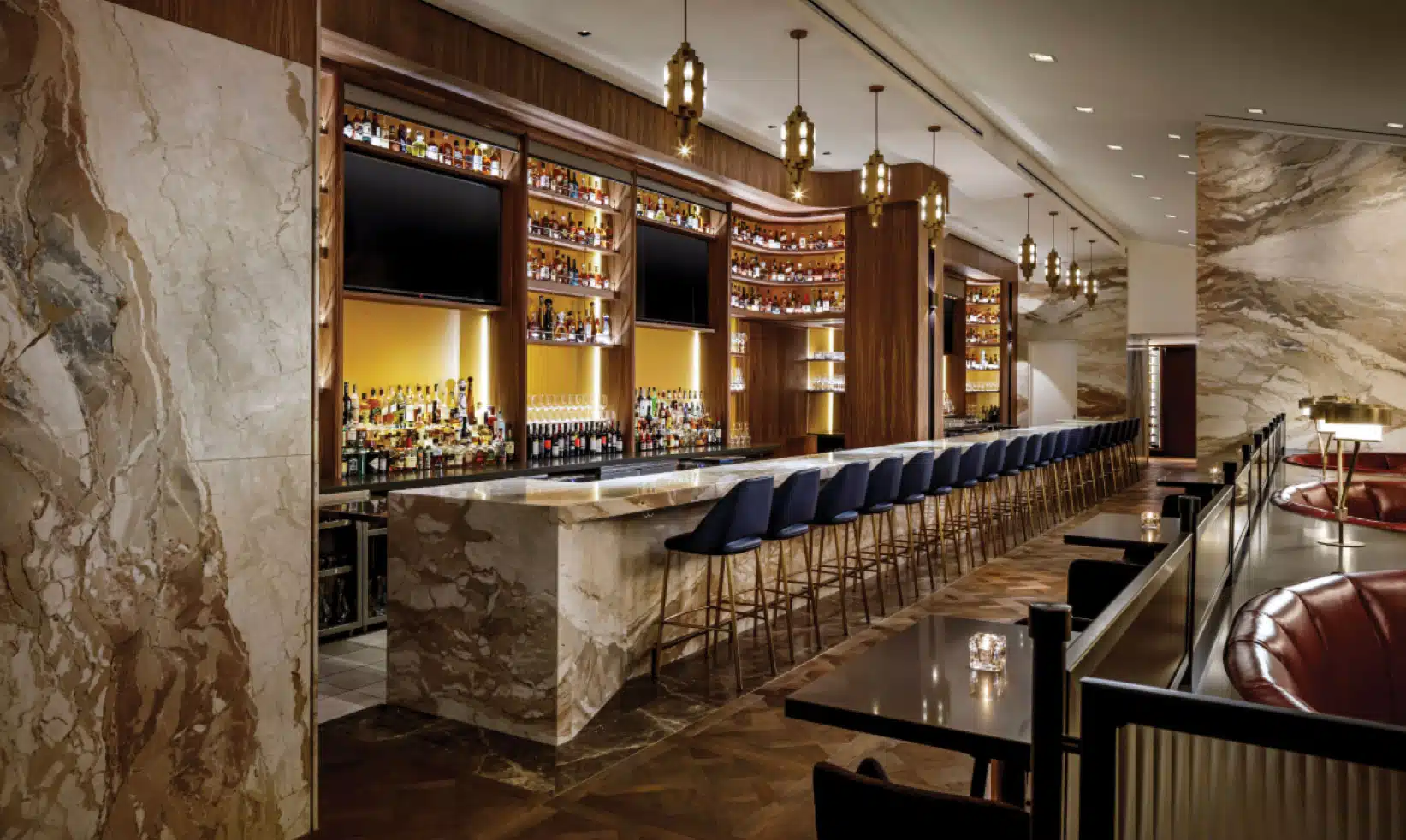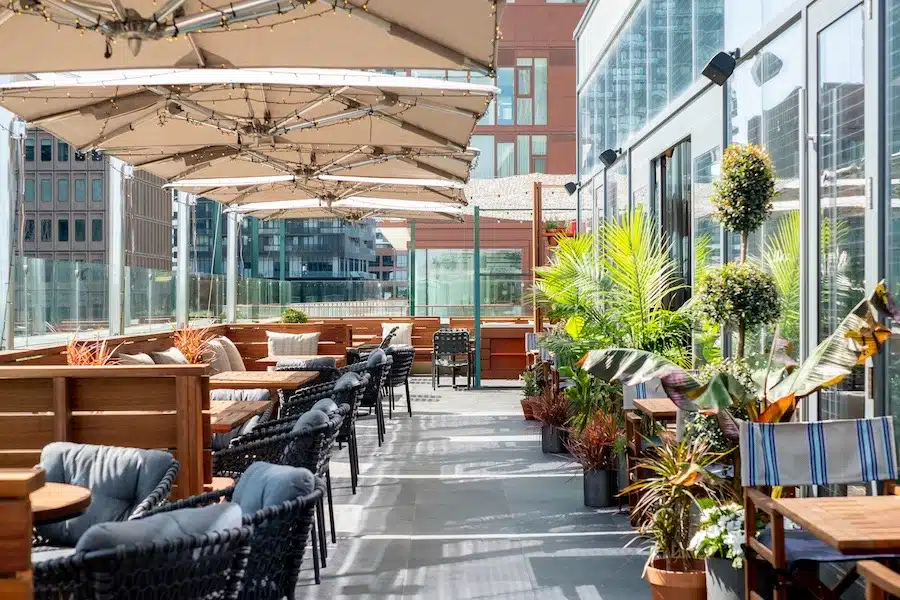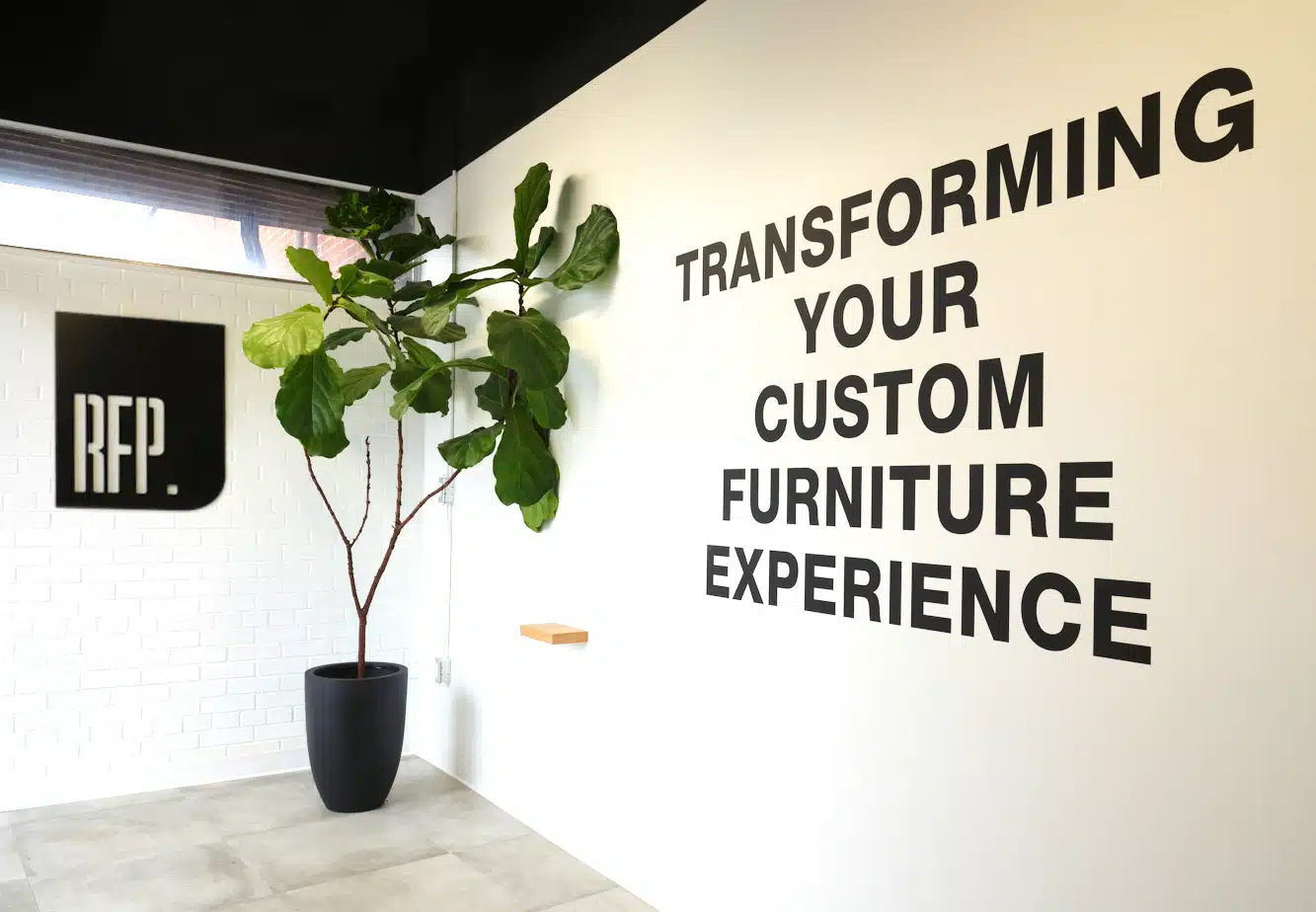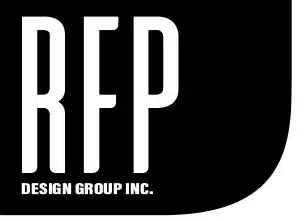Canadian Furniture Manufacturer


Canadian Made Furniture
Indulge in the timeless elegance and superior craftsmanship of RFP Design Group Inc. – A leading Canadian furniture manufacturer. Our curated collection celebrates the rich heritage of Canadian design, showcasing pieces crafted with precision and passion. From the rugged beauty of solid wood to the sleek lines of modern aesthetics, our furniture embodies the essence of Canadian artistry. Immerse yourself in the quality, authenticity, and enduring appeal of our locally crafted creations. Elevate your space with furniture that not only reflects your style but also contributes to the legacy of exceptional Canadian design. Welcome to a world where every piece tells a story of craftsmanship, pride, and a true sense of home.

High Quality Custom Furniture
We redefine the standard for a high-quality Canadian furniture manufacturer. Immerse yourself in a world of exquisite craftsmanship and timeless design. Our curated collection features pieces meticulously crafted with precision and attention to detail, using only the finest materials. Each item is a testament to our commitment to superior quality, durability, and aesthetic appeal. Elevate your living spaces with furniture that transcends trends, providing both comfort and sophistication. At RFP Design Group Inc, we invite you to experience the unparalleled excellence of our high-quality furniture—where every piece is a statement of enduring style and impeccable craftsmanship. Work local with a leading Canadian Furniture Manufacturer.
Is Canadian made furniture better?
Canadian-made furniture stands out for its unparalleled commitment to quality, embodying a tradition of meticulous craftsmanship and superior manufacturing standards. Renowned for its skilled artisans and adherence to stringent regulations, the Canadian furniture manufacturer industry consistently produces pieces that transcend mere functionality. The emphasis on using high-quality, locally sourced materials not only results in durable and long-lasting furniture but also underscores a dedication to sustainability. Canadian manufacturers often prioritize customization, allowing customers to tailor their furniture to individual preferences, ensuring a unique and personalized touch. With a focus on durability, environmental responsibility, and the artistry of craftsmanship, Canadian-made furniture stands as a testament to a legacy of excellence in the world of home furnishings. Elevate your living spaces with the assurance that each piece reflects the uncompromising dedication to quality that defines Canadian furniture manufacturing.
At RFP Design Group Inc., we take pride in our role within the dynamic furniture industry, consistently pioneering cutting-edge and innovative designs year after year. Our commitment to pushing the boundaries of creativity and functionality defines us as leaders in the field. Join us in exploring a world where design meets innovation, and where each year brings forth a new wave of groundbreaking furniture concepts that set the standard for the industry.
What type of custom furniture can you manufacture?
RFP Design Group Inc. specializes in crafting an extensive range of custom furniture tailored to elevate various spaces. From sleek executive desks to expansive conference tables, our expertise encompasses the design and manufacture of office essentials. Our skilled artisans meticulously create storage solutions, including custom cabinets and shelves, seamlessly integrating functionality with aesthetics.
In the realm of seating, we pride ourselves on producing unique chairs, sofas, and modular furniture that redefine comfort and style. Our reception area furnishings, from welcoming desks to branded seating arrangements, make a lasting first impression. Transforming office layouts, our custom workstations and collaborative furniture promote flexibility and innovation.
Beyond the workspace, RFP Design Group Inc. extends its craftsmanship to cafeteria and breakroom furniture, offering personalized tables and chairs for enhanced employee well-being. Our executive furniture collection boasts high-end designs, featuring executive desks, credenzas, and bookcases that exude sophistication.
Adapting to diverse industries, our healthcare furniture provides practical and comfortable solutions, while our educational furniture facilitates dynamic learning environments. In the realm of hospitality, we offer customized hotel furnishings, including bedroom sets and stylish lobby seating. For those seeking outdoor elegance, our line of outdoor furniture is crafted to withstand the elements while providing a touch of luxury.
At RFP Design Group Inc., our commitment lies in transforming spaces with unique and tailored furniture solutions, setting new standards for innovation, functionality, and design excellence.
What type of material is used in the manufacturing?
The materials used in manufacturing custom furniture can vary widely based on the design, functionality, and aesthetic preferences. Here are some common materials often used in the production of custom furniture:
-
Wood:
- Solid wood and wood veneers are popular choices for various furniture pieces. Different types of wood, such as oak, maple, cherry, and walnut, provide distinct looks and durability.
-
Metal:
- Steel, aluminum, and other metals are used for frames, legs, and structural components. Metal finishes can range from polished chrome to matte black, offering versatility in design.
-
Upholstery Fabrics:
- Fabrics play a crucial role in furniture design, especially for seating. Options include natural fibers like cotton and linen, synthetic materials such as polyester and nylon, and luxurious choices like leather.
-
Leather:
- Leather is commonly used for upholstery in chairs, sofas, and other seating. It provides a luxurious look and feel and is known for its durability.
-
Laminate:
- Laminate is often used for tabletops, cabinet surfaces, and other areas where a durable and easy-to-clean material is required. It comes in a variety of colors and patterns.
-
Glass:
- Glass is used for tabletops, shelves, and decorative elements. It adds a modern and sleek touch to furniture design.
-
Plastic:
- Molded plastic is employed for chairs, tables, and other items, especially in modern and contemporary designs. It is lightweight, durable, and versatile.
-
Engineered Wood Products:
- Medium-density fiberboard (MDF) and particleboard are engineered wood products commonly used in furniture manufacturing. They are cost-effective alternatives to solid wood.
-
Stone:
- Natural stone, such as granite or marble, may be used for tabletops, accent pieces, or specialized furniture items, providing a touch of luxury.
-
Metal and Glass Combinations:
- Combining metal frames with glass surfaces is a contemporary design choice, creating furniture with an open and airy feel.
-
Natural Fibers:
- Materials like rattan, bamboo, and wicker are used for outdoor furniture or pieces with a rustic or bohemian aesthetic.
-
Composite Materials:
- Composite materials, such as carbon fiber or fiberglass, may be used for modern and innovative furniture designs due to their strength and lightweight properties.
The choice of materials often depends on factors such as the intended use of the furniture, the desired aesthetic, and the client’s preferences. Furniture manufacturers may use a combination of materials to achieve specific design goals and functionality.
What is the turnaround time for custom furniture orders?
The turnaround time for a piece of custom furniture can vary widely depending on several factors. Custom furniture involves a unique design and manufacturing process, and the timeline is influenced by factors such as the complexity of the design, materials used, the production workload, and the specific requirements of the project. Here are some key factors that can impact the turnaround time:
-
Design Complexity:
- Elaborate and intricate designs may require more time for planning and execution. Simple designs typically have a quicker turnaround.
-
Materials and Sourcing:
- The availability of materials, especially if they need to be sourced or custom-made, can affect the production timeline.
-
Project Size:
- The size of the custom furniture project, including the number of pieces ordered, can impact the production time.
-
Customization Level:
- The extent of customization, including unique features, finishes, and dimensions, can influence the time required for fabrication.
-
Manufacturer’s Workload:
- The current workload of the furniture manufacturer or artisan is a crucial factor. If they have a high volume of orders or are working on other extensive projects, it may extend the turnaround time.
-
Approval Process:
- Timely feedback and approval from the client at different stages of the design and production process are essential for keeping the project on schedule.
-
Finishing and Detailing:
- Intricate finishes, detailing, or specialized techniques may require additional time for craftsmanship and quality assurance.
-
Shipping and Delivery:
- The shipping and delivery process adds extra time to the overall turnaround. The destination and shipping method can influence the schedule.
-
Seasonal Factors:
- Seasonal demand and industry-specific factors can affect turnaround times. Busy seasons may result in longer lead times.
-
Communication and Coordination:
- Effective communication and coordination between the client and the manufacturer are crucial for staying on schedule.
It’s important to discuss the estimated turnaround time with the furniture manufacturer or designer at the beginning of the project. They should provide a clear timeline based on the specifics of the order. Keep in mind that custom furniture projects typically take longer than ordering standard, off-the-shelf pieces due to the unique nature of the design and manufacturing process. Clear communication, realistic expectations, and thorough planning are key elements in ensuring a successful and timely delivery of custom furniture.
How does the design process work for custom furniture?
The design process for custom office furniture involves several key stages, from initial concept development to the final production and installation. Here’s a general overview of how the design process typically works:
- Client Consultation:
- The process begins with a thorough consultation between the client and the design team. This involves discussing the client’s needs, preferences, and any specific requirements for the custom office furniture. Information on the office space, desired aesthetic, functionality, and budget considerations is gathered during this phase.
- Concept Development:
- Based on the client’s input, the design team creates initial concepts and sketches. These concepts may include ideas for individual pieces of furniture, overall layouts, and material suggestions. The goal is to translate the client’s vision into tangible design concepts.
- Design Proposal:
- The design team presents a formal design proposal to the client. This proposal includes visual representations, such as renderings or 3D models, along with detailed specifications, materials, and estimated costs. Feedback from the client is gathered during this stage.
- Refinement and Revision:
- Based on client feedback, the design is refined and revised. This may involve making adjustments to the dimensions, materials, finishes, or any other aspects of the furniture design. The goal is to ensure that the final design aligns perfectly with the client’s vision and requirements.
- Detailed Drawings and Specifications:
- Once the concept is approved, the design team creates detailed drawings and specifications. These documents provide precise measurements, material specifications, and any other information necessary for production.
- Material Selection:
- The client and design team work together to finalize material selections. This includes choosing the types of wood, metal finishes, upholstery fabrics, and any other materials that will be used in the custom furniture.
- Prototype or Mockup (Optional):
- Depending on the complexity of the project, a prototype or mockup may be created to give the client a physical representation of the final product. This step allows for any final adjustments before full-scale production begins.
- Production:
- With the design and materials finalized, the custom office furniture enters the production phase. Skilled craftsmen or manufacturers bring the design to life, ensuring that each piece is constructed with precision and attention to detail.
- Quality Assurance:
- Throughout the production process, quality checks are conducted to ensure that the custom furniture meets the specified standards. This may include inspections of materials, construction methods, and finishes.
- Shipping and Installation:
- Once the custom office furniture is completed, it is shipped to the client’s location. Depending on the project, installation services may be provided to ensure that the furniture is set up correctly in the designated space.
- Client Approval and Feedback:
- After installation, the client is invited to inspect the furniture and provide feedback. Any final adjustments or touch-ups are made to ensure complete satisfaction.
Effective communication and collaboration between the client and the design team are critical at every stage of the process to ensure that the final custom office furniture meets or exceeds expectations. Customization allows for a unique and tailored solution that perfectly fits the client’s needs and enhances the overall office environment.
